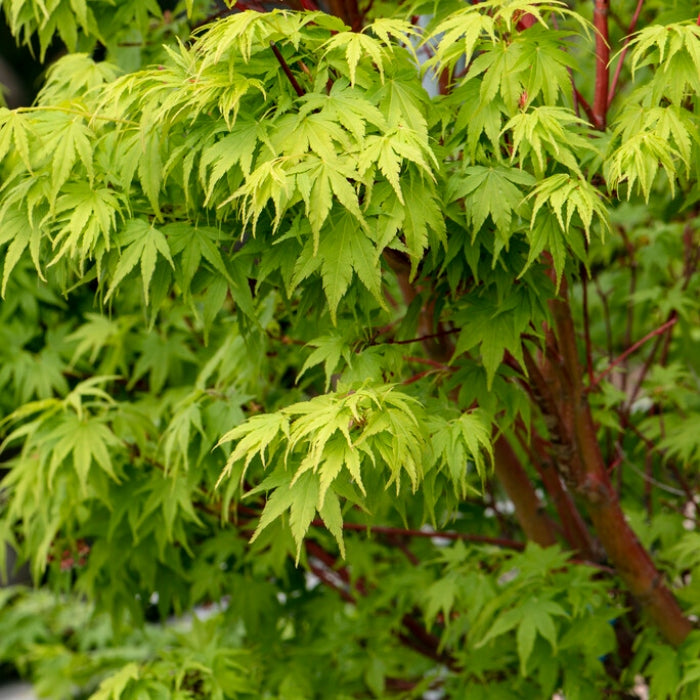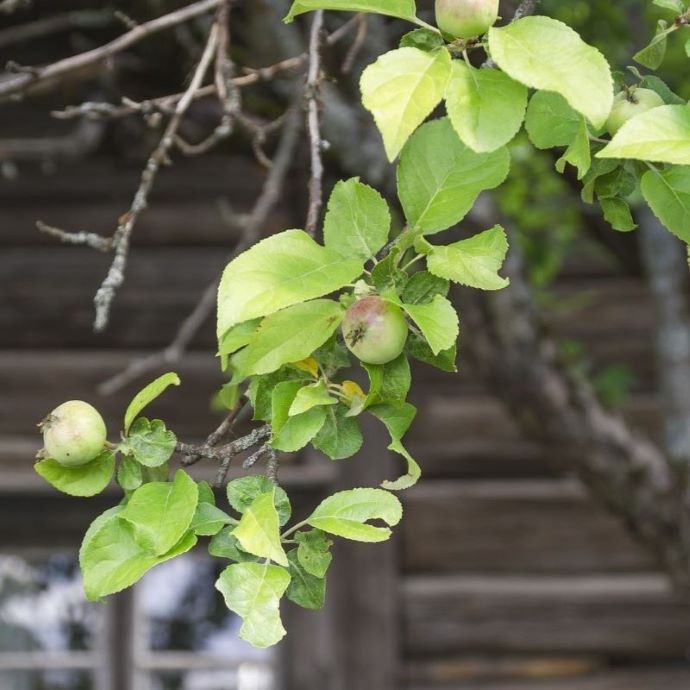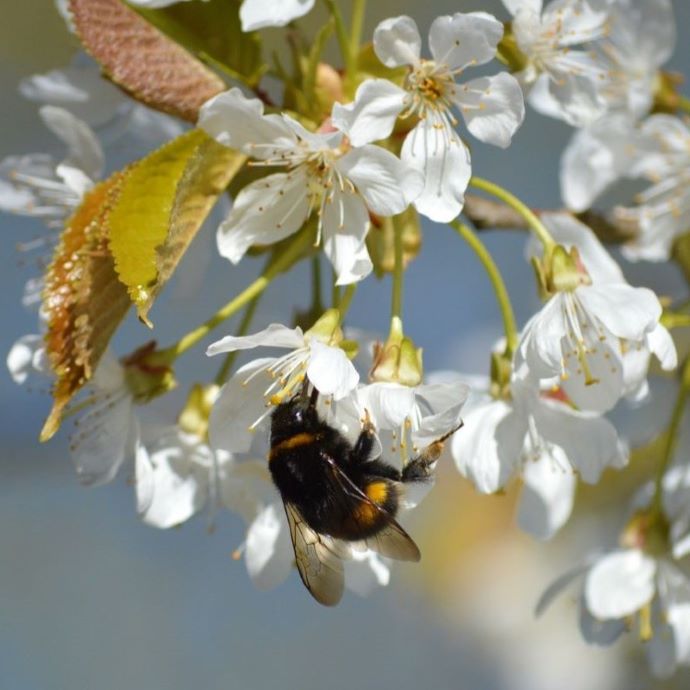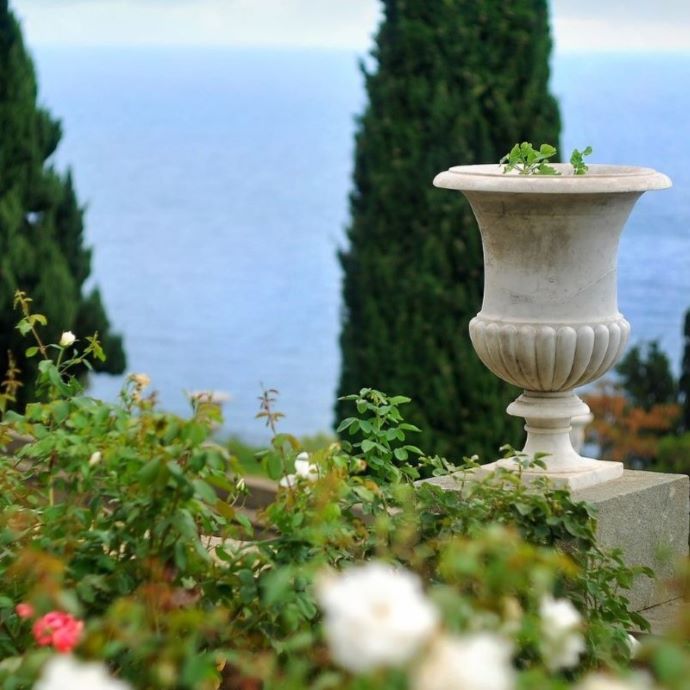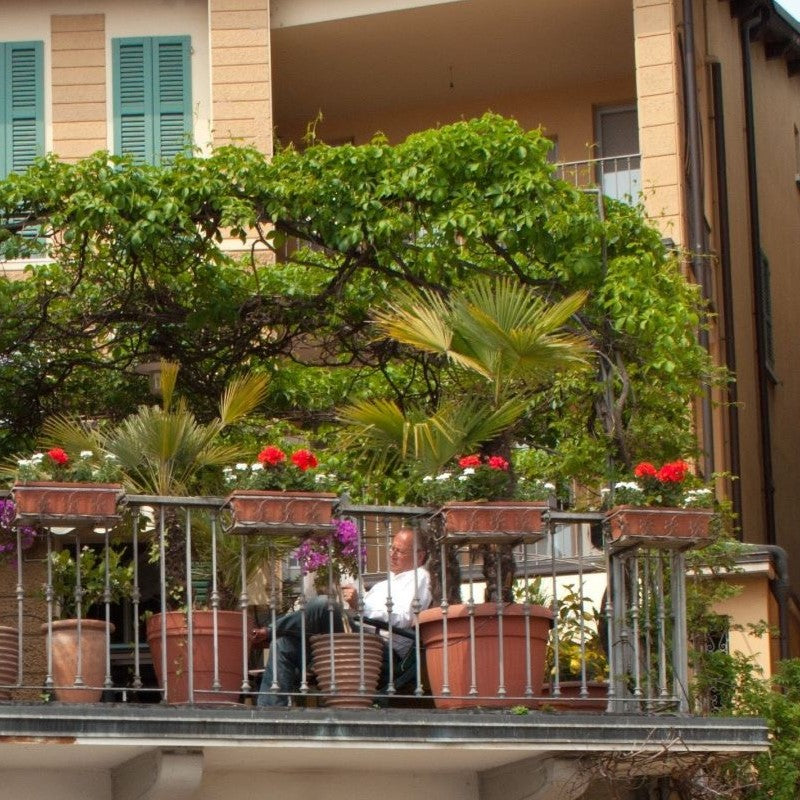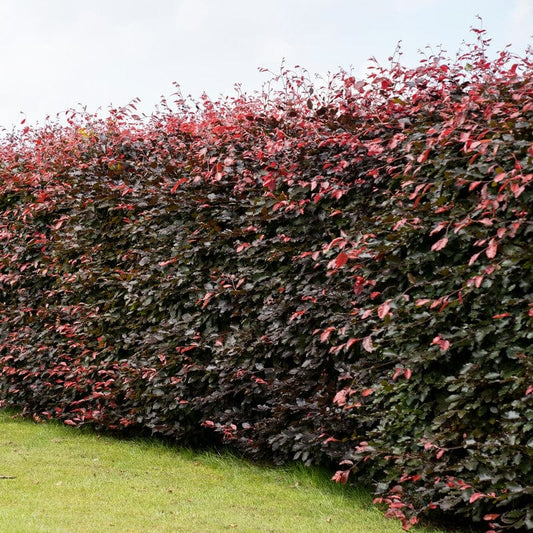Best Wildlife Hedges

Creating a wildlife hedge is an immensely rewarding task. Not only do you get to provide animals of all shapes and sizes both shelter and sustenance, you get a fabulous-looking mixture of plants in doing so! In this post, we’ll be delving into all things wildlife hedge, with tips for attracting animals of all sorts.
If you’re rushed for time, you need to know that the best wildlife hedge features a mix of native species, including hawthorn, dog rose and field maple. There are also a couple of key things to remember when managing your wildlife hedge – i.e. checking for nests prior to pruning – which we’ll get to later in the post. Speaking of nests, which hedges are best?
Jump to:
- What is the best hedging for bird nests?
- What is the best hedging for feeding birds?
- What is the best hedging for pollinating insects?
- What is the best hedging for small mammals?
- What is the best evergreen hedging for birds?
- Mixing up your hedging
- An important note on hedge trimming
What is the best hedging for bird nests?
Hawthorn Hedging and Blackthorn Hedging
To provide protection and shelter to their young, opt for species like hawthorn and blackthorn. Not only do these dense, thicket-like shrubs have thorny branches that deter larger predators like jays, they also produce ample food in the form of their berries. Wrens, robins, blackbirds, bullfinches, waxwings and thrushes are among the birds commonly found nesting within both these plants.
Some birds make remarkably complex nests, such as the long-tailed tit, whose nests feature a dome-like roof (and of which several are made to create ‘dummy’ nests). Other species, meanwhile, like the wood pigeon, for instance, have remarkably simplistic, platform-like nests that are incredibly sparse in their makeup, often comprising just a few twigs.
Did you know? Hawthorn was valued in pre-modern Europe for its anti-evil properties; it was thought to act as a charm to ward off witches and vampires.

What is the best hedging for feeding birds?
Dog Rose Hedging and Hazel Hedging
If you want a hedge that feeds birds as well as sheltering them, then you could do a lot worse than opting for dog rose and hazel. Dog rose plants produce simple, rustic flowers and, in autumn, red berries known as hips. Rose hips contain good quantities of vitamins and minerals, as well as helping aid digestion. Birds like redwings and blackbirds are known to be partial to these fruits. Hazelnuts are likewise popular amongst our feathered friends, with woodpeckers and nuthatches appreciating the unsaturated fat and protein they offer in abundance.

What is the best hedging for pollinating insects?
Guelder Rose Hedging and Cherry Plum Hedging
Pollinating insects like bees and butterflies are an integral link in the broader ecological framework, so picking flowering hedges that appeal to these animals is essential in creating an effective wildlife hedge. The lacecap-like flowers of guelder-rose (which is not technically a rose but a viburnum) is a particular hit with bumblebees and hoverflies, while the stunning blossoms of the cherry plum attract honeybees. So much so, in fact, that this plant is often used by beekeepers to offer early forage to their bees.

What is the best hedging for small mammals?
Field Maple Hedging and Black Elder Hedging
Small mammals like mice, voles and shrews are known for populating hedges, with many different plants proving a happy home and provender for the peckish. Field maple is known for attracting wood mice and bank voles, with its foliage and stems being browsed upon by deer. Elder is another valuable wildlife hedging plant, with dormice, rabbits, hedgehogs and bats all making use of it for both food and shelter.

What is the best evergreen hedge for birds?
Cherry Laurel Hedging and Common Privet Hedging
If you want your hedge to look good all year round, but still want to ensure it’s got some wildlife credentials, then we’d recommend either cherry laurel or privet hedging plants. Cherry laurel is a lovely, dense evergreen, with glimmering green foliage, charming white flowers and black fruits which are a favourite of thrushes and blackbirds. The thickness of the foliage coverage is such that cherry laurel hedges make for good nesting sites, too. Privet is one of the classic evergreen hedging plants and, just like cherry laurel, offers both shelter and food to birds throughout the year.

Mixing it up
A good wildlife hedge is a varied wildlife hedge. Biodiversity relies not only on the quantity within the species, but on the quantity of species altogether. The more species there are, the more biodiverse your space. By planting a wildlife hedge featuring many of the plants we’ve mentioned above, you improve the chances of attracting a greater number of dependent species. It also makes for a much more visually interesting hedge, too!

A note on nests in wildlife hedges
One of the most important things you need to remember when planting a wildlife hedge is to make sure there are no nests in the hedging when you go to prune and trim it. In fact, under the Wildlife & Countryside Act 1981, it is illegal to destroy or damage a nest or nest-under-construction, and illegal to trim hedges between March and August if they contain nesting birds. That makes autumn and winter the best times to trim your hedge; even then, however, it’s worth keeping an eye out and looking before you start to see if any nests are there.

Final thoughts
Installing a wildlife hedge within your garden is an undertaking we recommend that every gardener should try at least once in their lifetime. Our native hedging packs include many different species native to the UK and can offer a good starting point around which to build your new hedge.
Last updated: 20/11/2025
